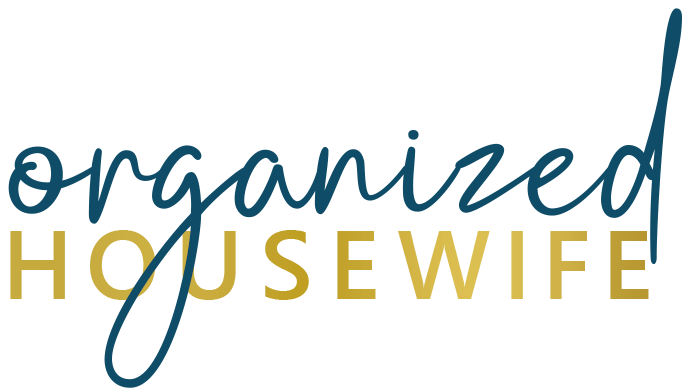We are all a lot more consicous of germs these days, but I’ve been a little wary of them my whole life. I know some of you can relate! I always have antibacterial wipes in my purse, before I ask my kids if they had a good day at school I ask if they washed their hands when they came in the door, I can go barefoot outside all day but never in a hotel room…
However, there are a lot of things about germs that aren’t as obvious as, “don’t even touch the handrails on the escalator at the airport”. Because I feel responsible for keeping client homes germ free all the time, I have done research on eliminating germs and bacteria and thought I would provide some guidance to all of you on how to disinfect your laundry.
A few facts that might surprise you…
- The washing machine won’t kill most of the germs in your laundry, even with the hot water cycle. Washing machines can actually spread germs while items are being washed.
- More soap in your washine machine will be counter-productive. Our newer He washing machines become less effective when too much soap is added.
- Your dryer is the most effective place to kill germs and bacteria. Germs and bacteria thrive when humidity is between about 23-77%. High heat and high humidty is best, (humidity above 77%) but high heat in the absence of any moisture is also good.
- Towels of any kind (especially those from the bathroom & kitchen) are typically the dirtiest things we wash.
- Although I love vinegar for general cleaning, it is not effective against these nasty viruses. (according to the CDC and FDA)
What you can do…
- If someone is sick, wash their clothes seperate from everyone else’s. Remember the dyer is where they will be disinfected, so keeping items seperate in the washing machine will reduce the risk of spreading germs.
- Wash towels seperate from clothes, for the same reason. Also, we don’t have to worry about shrinking towels so washing them separate allows us to use the highest heat possible in the dryer and then we can dry towels extra long. This allows high heat and humidity at the begining of the cycle and high heat with little to no humidity at the end. I always wash my towels this way and it helps with the mildew smell in the summer months.
- If you have special clothes that must line dry and can’t be exposed to high heat, drying them in the sun will also help kill germs.
- After washing towels, cleaning rags or clothes from someone that has been sick, clean your washing machine to prevent the spread of germs in the next load. Run a cylce with an empty washing machine and add bleach into the dispenser. If you can not use bleach, you can also use Hydrogen Peroxide (3% solution). Although I regularly clean my washing machine with vinegar to clear odors and soap build up, it is not effective against the germs and bacteria we are currently working to eliminate.
There is also a laundry product, Lysol Laundry Sanitizer, approved by the FDA to work against the coronavirus in the washing machine. However, at this time I can not find any source where it is available for purchase.
Although the dryer is very effective, drying something that has not been washed and is not wet when added to the dryer is not effective. For example, you can not take your child’s jacket that he wore to school and place it in the dryer to kill germs. You need to wash the dirt away in the washing machine and have the jacket wet when placed in the dryer to create a high level of humidity during the dry cycle.
Last, if you have cleaned your home and want to make sure sponges or rags are exceptionally clean and sanitized you can place a large kettle of water on the stove and place rags & sponges in boiling water for 15 minutes. This is considered the best possible way to kill all germs and bacteria.
